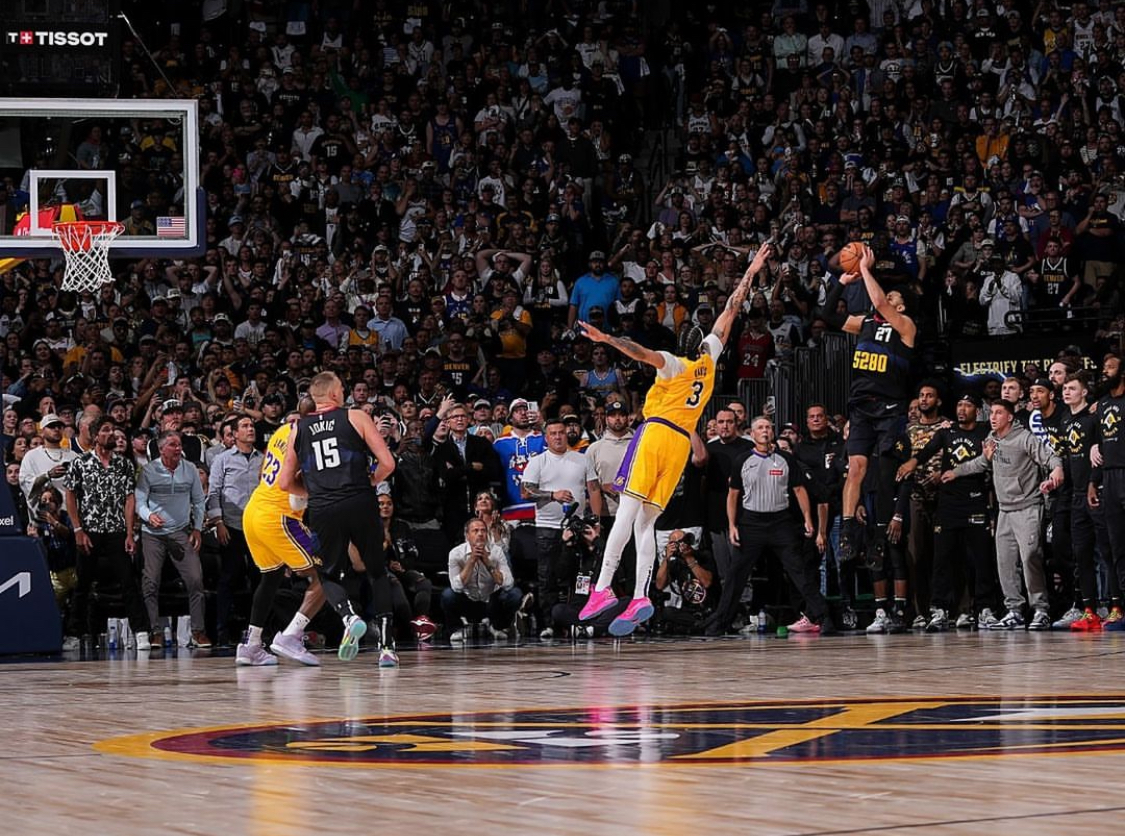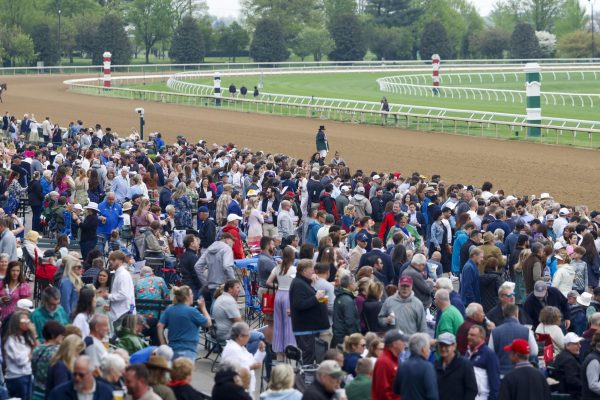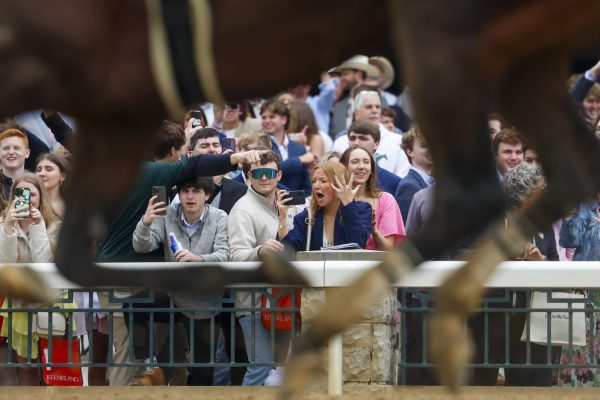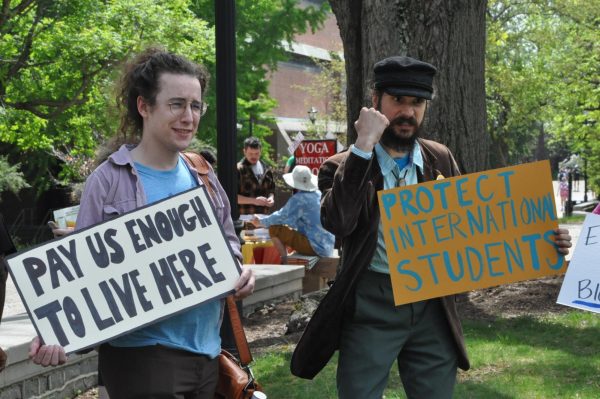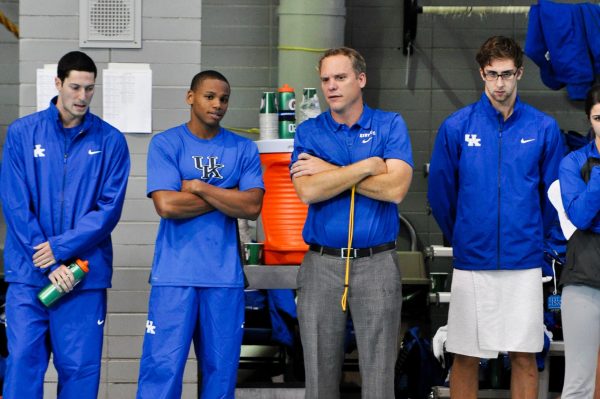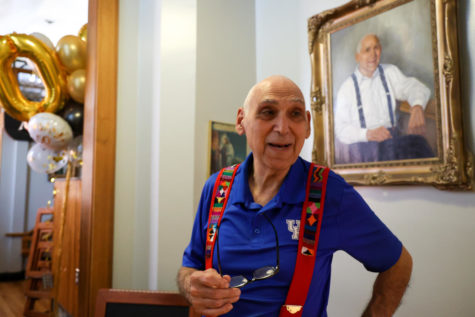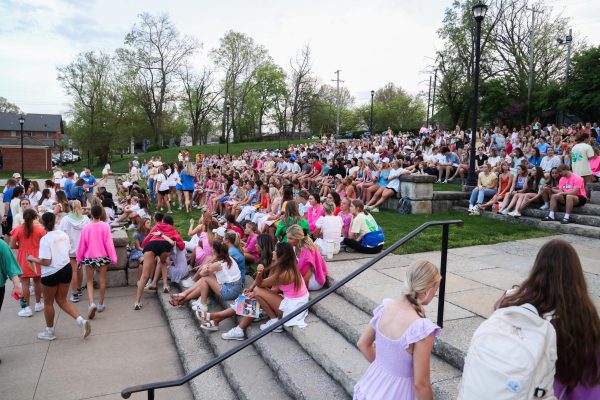UK offers various archaeological opportunities, chance to learn from past
April 12, 2012
By Steven King
To some, archaeology may seem like nothing more than digging up bones.
To others, it’s essential to understanding life, both in the past and present.
“Archaeology provides students a way to learn about the past, who we are, what our background is, and learn about ourselves by working with others,” said David Pollack, the director of Kentucky Archaeological Survey and an adjunct professor.
UK has various programs and opportunities for students to pursue.
The archaeological survey, which aims to provide educational assistance and assistance with archaeological preservation, according to the its website, is housed with three other archaeology programs in the Laboratory for Archeological Research.
The laboratory, located off campus on Export Street, also contains the Office of State Archaeology, the William S. Webb Museum of Anthropology and the Program for Archaeological Research.
Pollack said the comprehensive laboratory provides multiple benefits.
“Having all of the programs in one building is good because our responsibilities tend to overlap and we can work together,” he said. “If a student is interested in archaeology, but is not sure what they want to do, they can come in here and say, ‘I’m interested in a lab, project, volunteer opportunity or a part-time job.’”
The KAS education coordinator and adjunct professor at UK, Gwynn Henderson, said the opportunities archaeology provides go beyond collecting data to answer questions about people in the past.
“In the 21st century we cannot afford to not appreciate diversity,” Henderson said. “Archaeological research teaches us there are many different ways to be a human.”
Camille Westmont, an anthropology and political science junior, said she was first interested in archaeology from participating in mission trips to the Navajo Nation when she lived in Arizona.
“You see how these people still live on the land their ancestors lived on,” Westmont said. “You see how the ruins and artifacts of the past exist in the same space that the Navajo live on today.”
Westmont is currently working on analyzing an unmarked graveyard that was excavated to make room for a parking garage for the new BCTC campus. Eastern State Hospital patients from the 1900s were buried there, Westmont said.
“I think it’s really fascinating because it gives us the chance to tell stories of people’s history who have been forgotten,” Westmont said.
Caitlin Rogers, an anthropology and classics junior, is currently analyzing ceramics from a Fort Ancient (A.D. 1200– A.D.1400) site in Northeastern Kentucky.
Rogers studies different decorated jar necks excavated from the site.
“It is interesting seeing how things changed over time,” Rogers said. “Things are added and left out, all based off of what was considered stylish at that time, which is really interesting.”
Cara Mosier, an anthropology senior, said her current assignment is fascinating.
“I analyze projectile points, excavated from the Fox Farm Site in Mason County, from the middle and late Fort Ancient time period,” Mosier said. “I am in charge of analyzing why and how the arrows changed over time.”
The variety of opportunities in archaeology at UK is impressive, Henderson said.
“There are many ways that students can find what is right for them,” Henderson said. “In archaeology, you don’t always have this opportunity and I wish something like this existed for me when I was an undergrad.”









































